How to clean the glass panels, profiles, gaskets, tray, drain, tap, fittings and tiles: your complete guide to thoroughly cleaning the shower, starting with the enclosure.
Today we deal with the hot issue of cleaning and care in the bathroom: let’s find out how to take care of the shower and all its parts.
First of all we will identify all the parts subjected to wear, grime, stains and limescale: the shower tray and drain, tiles, taps and fittings, shower enclosure frames, glass panels, washers and sliding or opening mechanisms, and then deal with them one by one.
Before starting, two considerations valid for all the elements in the shower area.
1 | Materials
When taking care of any furniture or fixtures it is essential to know what materials are involved. Knowing whether the shower tray is ceramic or in resin, whether the enclosure frames are steel or aluminium, and whether the taps and fittings are chromed brass or stainless steel is essential: how you clean the shower and with which detergents depends on the materials in question.
2 | Detergents
As a rule, it is preferable to use the special detergents for household cleaning found in supermarkets or DIY stores. Homemade solutions or granny’s tips may save money and be eco sustainable, but should only be relied upon if you know how the materials will react to the products.
Cleaning the shower enclosure: it’s not just the glass panels that require attention
Cleaning a shower enclosure means cleaning all its parts. There are special detergents suitable for the metal parts and glass panels of the enclosure and for the bathroom in general: check that they do not produce too much foam and are not aggressive on surfaces.
- Frames: may be aluminium (mostly) or stainless steel. When buying a detergent, always read the label to make sure it is compatible with these materials. In the same way, check whether the shower enclosure instructions give any special indications regarding the frames, particularly if they are painted, chromed or anodised. When you have identified the right product for the material, follow the instructions on the label and rinse carefully when you have finished. Finally, dry well with a cotton or microfiber cloth.
All the images in this article show details of our practical new shower enclosure. Minimal and functional: discover Brave
- Gaskets: these are plastic profiles that seal the enclosure or stop drips under the doors. Removable ones can be detached from the glass periodically for more thorough cleaning to avoid yellowing and keep them as soft as possible. Simply clean with soap and water: according to conditions, use mild soap, delicate bleach, a bathroom detergent or a descaler, taking care to rinse and dry well. If the profiles harden over time, contact one of our dealers or Disenia after-sales service to replace them.
- The components of the model in question (handles, hinges, sliding and opening mechanisms): when you have found out which material is involved, dedicate a periodical cleaning session to these elements, using a soft brush to get to those places awkward to reach. Foreign bodies, dust and hair should be removed from the tracks (the profiles in which the panel runners glide or rollers slide) to ensure they can move freely.
- Now for a very common problem, the best way to clean the glass parts of your shower. Doors on modern shower enclosures are in toughened glass, a material that’s simple to clean and for which there is a vast range of products on the market. So cleaning a shower enclosure is easier than you think, especially if the glass has been treated with an anti-limescale product: ondemand, Disenia shower enclosures can be provided with extra clear glass treated against water drops and corrosion*. Water and grime slide much more quickly off this type of glass, making cleaning quick and easy (and keeping the enclosure attractive over time). It’s always a good idea, for all types of glass, to dry the panel with a cloth or squeegee after taking a shower. To remove obstinate limescale deposits, or descale the glass of a dated shower, if an attempt with a descaler is not successful, try using a magic eraser, an abrasive sponge that that may scrub away difficult to remove stains (always read the instructions provided with the product and check that the material in question is compatible).
Are you undecided about whether a shower enclosure with a sliding door is the best solution for your bathroom? We have drawn up a list of models according to their practicality: read our top five, easy to clean shower enclosures.
Cleaning the tiled walls
One of the least enjoyable operations, and we must confess, the least frequent, is undoubtedly cleaning the shower tiles (for corner or niche showers). Here we deal particularly with tiles, although contemporary bathrooms may use other materials, including marble, resin panels (like Tecnogel, chosen for several shower trays, such as Join or Dual) or wallpaper.
Each material has its special needs. In the case of tiles, you can use a bathroom cleaner that is both a descaler and degreaser. It’s useful to know whether the tiles are stoneware or ceramic so that you can decide on an acid-based product (stoneware) or not (ceramic).
It’s a good idea to occasionally clean the grouting between the tiles, as they tend to darken and become a little mouldy. Not to worry: there are detergents on the market for all types of materials and grime.
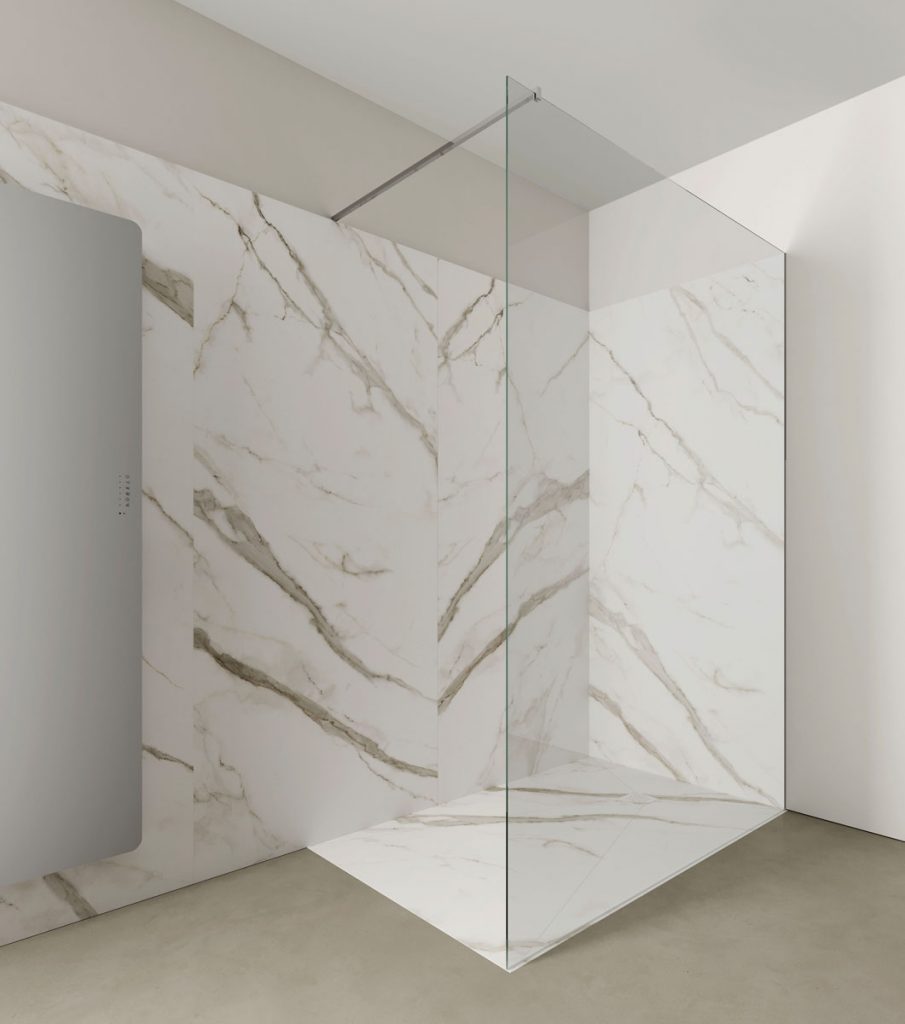
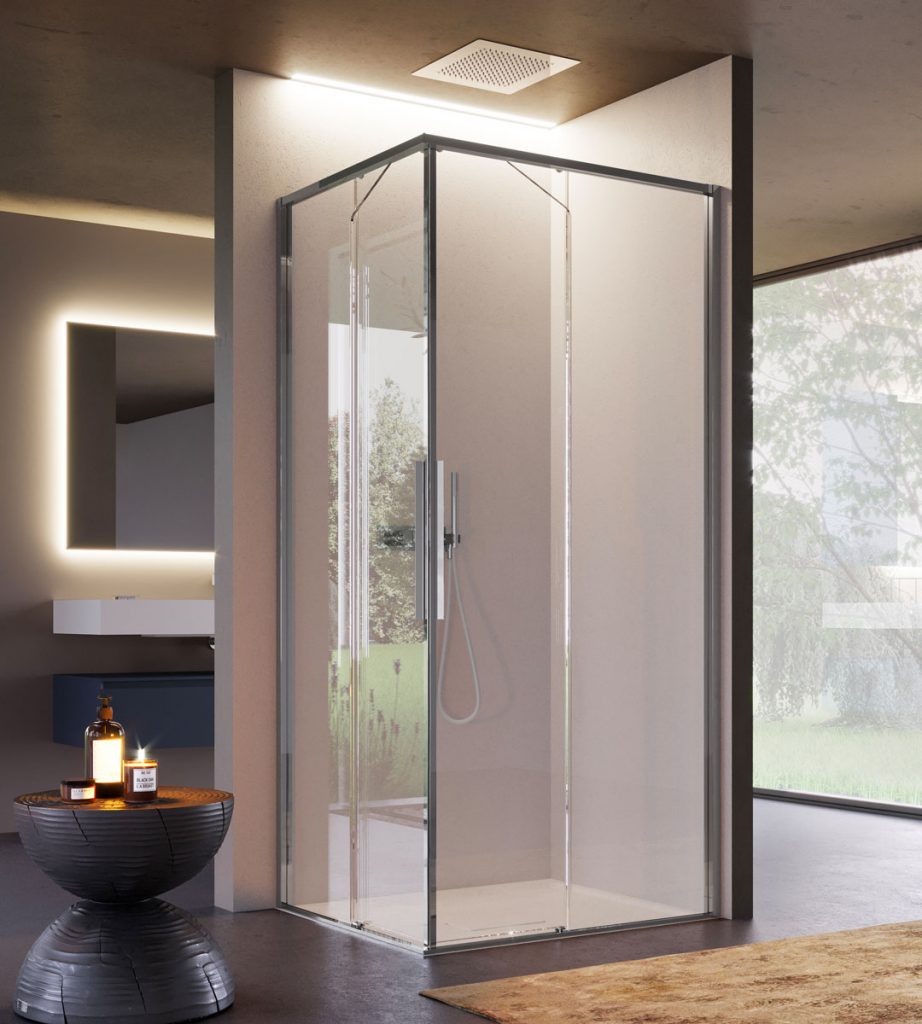
Cleaning the taps
The main problem for shower taps and fittings is the buildup of limescale, particularly if the water in the area is hard. To keep them in pristine condition, apply a good descaler with a sponge and rinse thoroughly, and always dry them after use to avoid unattractive blots.
The shower head and/or hand shower often come with rubber anti-limescale nozzles thatare easily cleaned with a needle or toothpick. The most important thing is to avoid limescale deposits as much as possible and dry all visible parts immediately after use. If supermarket detergents are not good enough, try industrial products from builders’ suppliers or DIY stores.
How to clean chromed taps and fittings: some tips
Cleaning the shower tray and drain
Cleaning the shower tray means not only washing the surface our skin comes into contact with, but also keeping the drain free and clean.
We have written two posts to go more deeply into both issues:
- a complete guide to maintaining resin shower trays by Disenia
- an article containing tips on how to clean the shower tray drain
As you can see, cleaning your shower thoroughly is not difficult, but you need to be aware of the materials involved. Don’t condemn commercial detergents out of hand; diluting them and using them sparingly is good practice and reduces plastic waste. It’s also a good habit to always keep surfaces and materials dry so that you use the more aggressive detergents as little as possible.
If you’re in doubt or have lost the instructions booklet for your Disenia products, not to worry: you’ll find them in the after-sales service area of our website, where you can also read the FAQs regarding care and maintenance of shower trays and enclosures.
Don’t miss out on inspiring ideas for your décor and new products by Ideagroup and Disenia. Register for our newsletter!


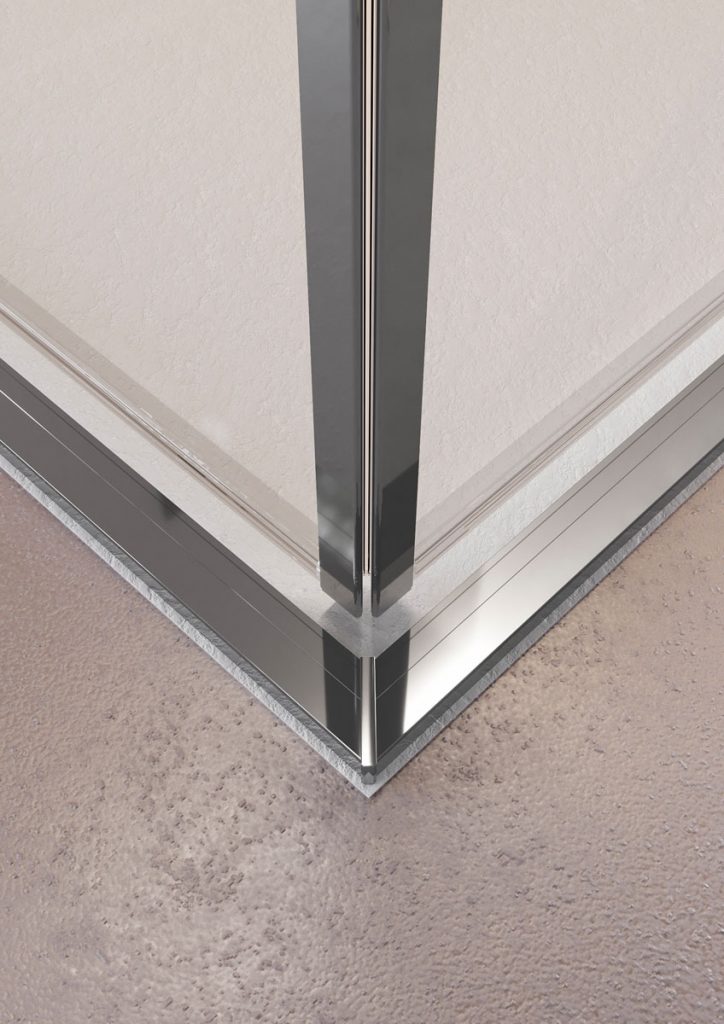
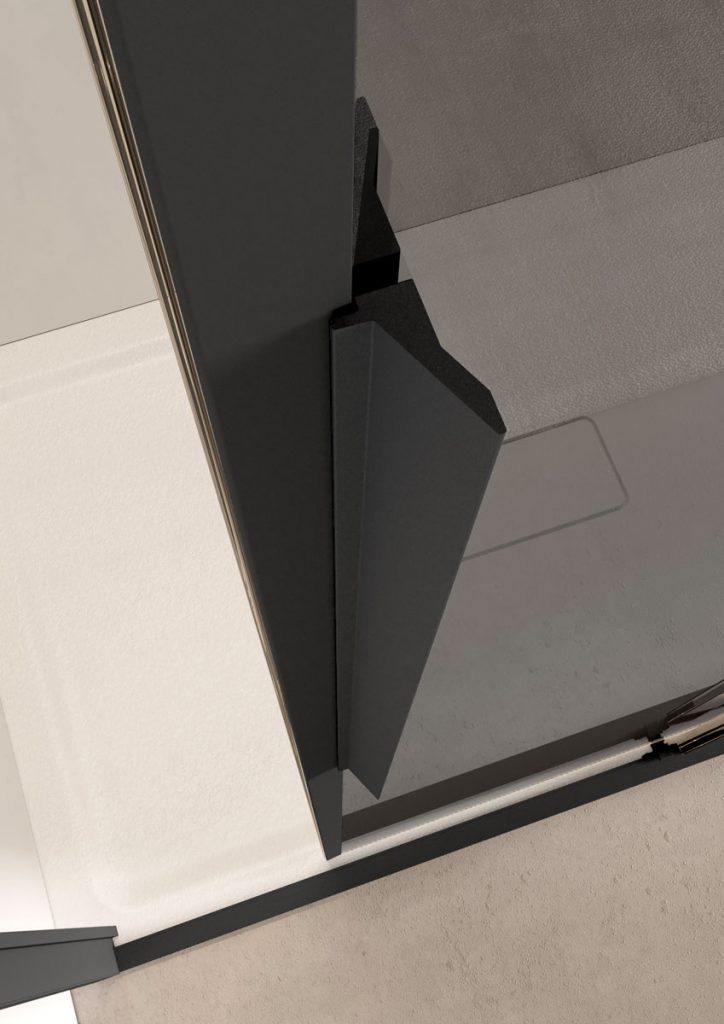
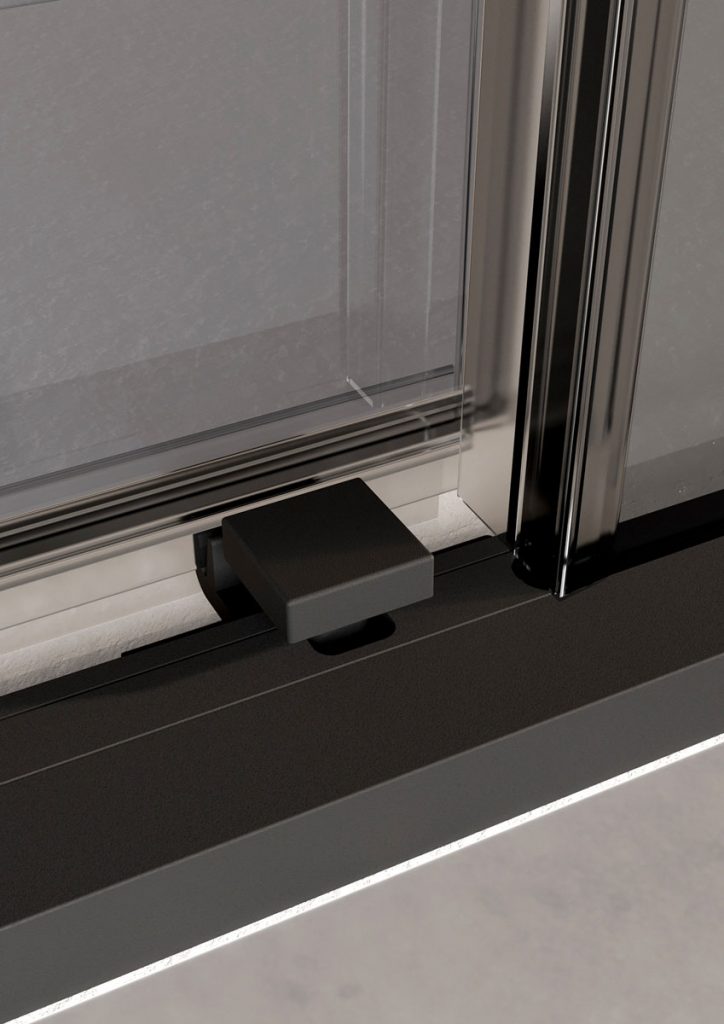
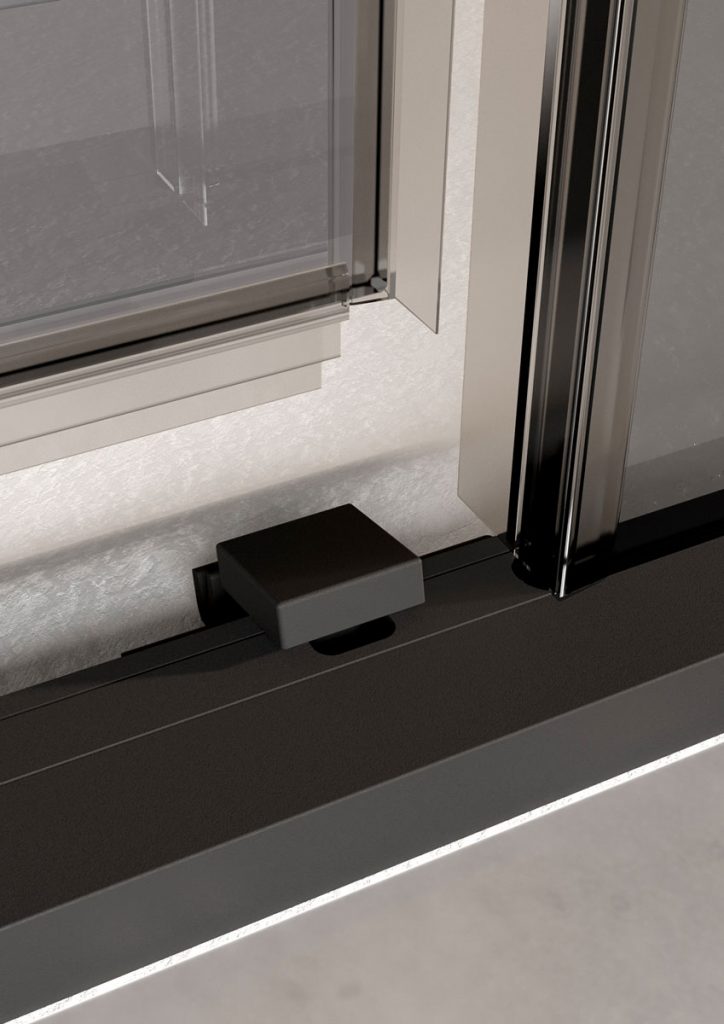
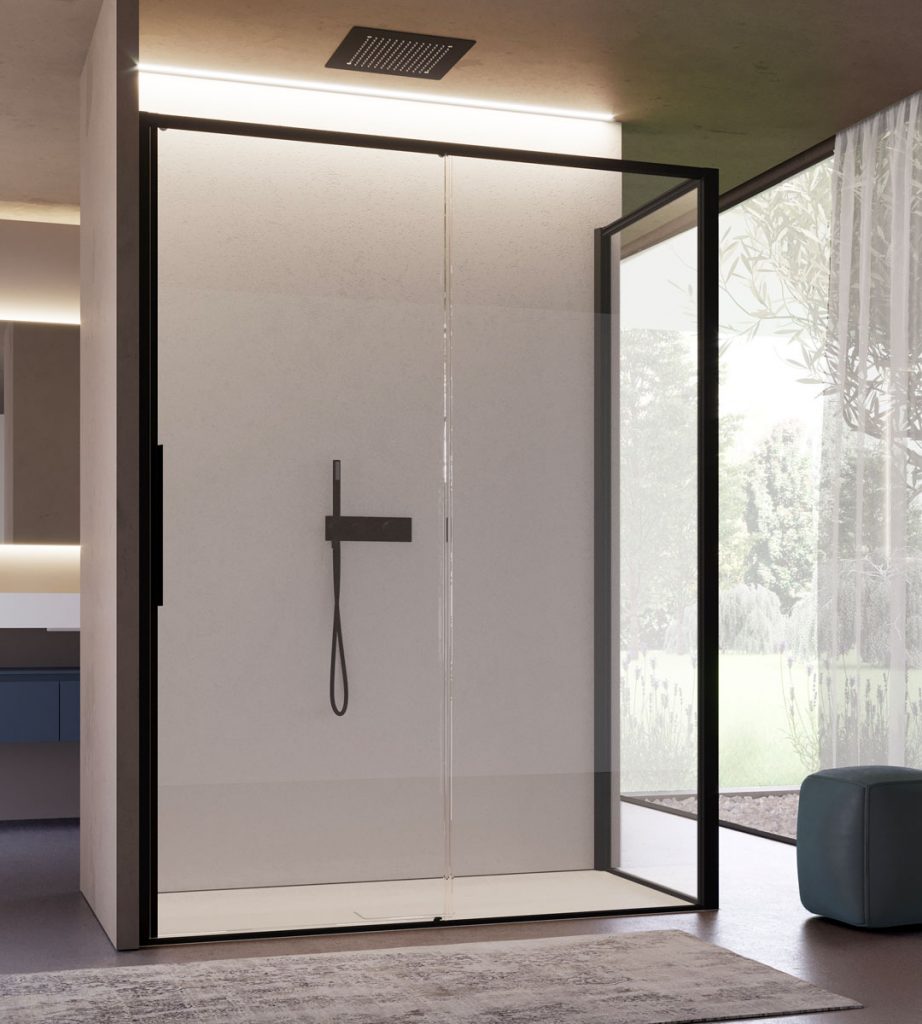
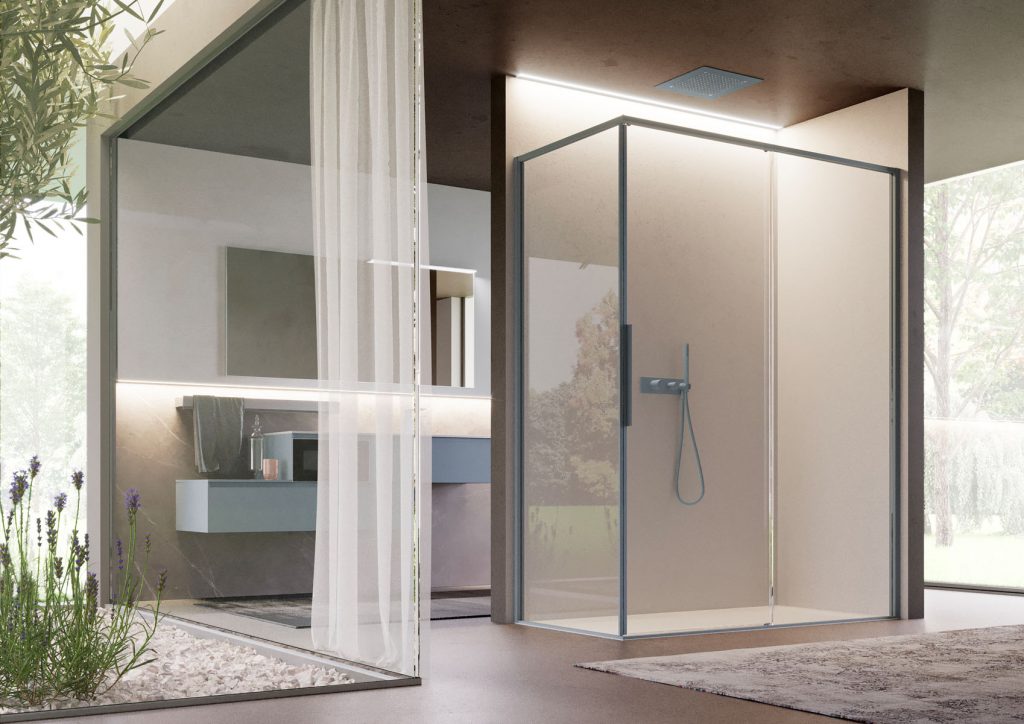
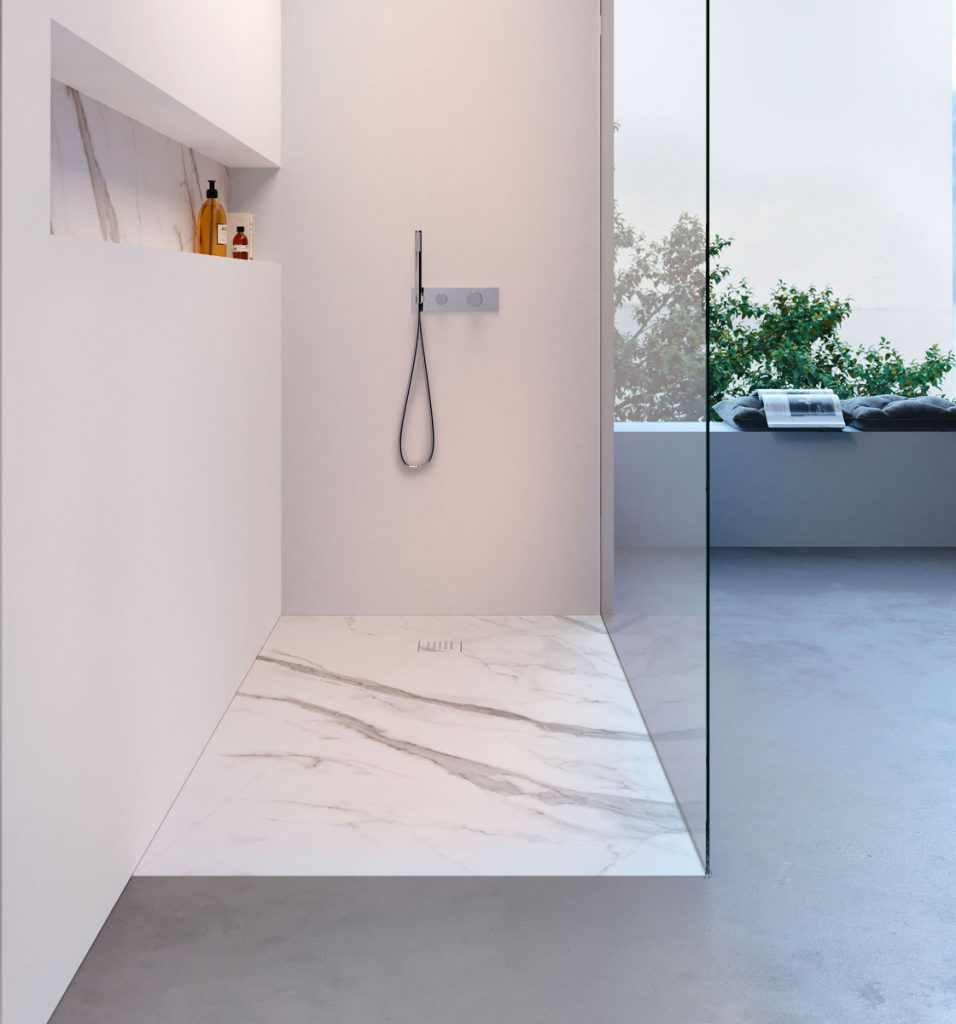
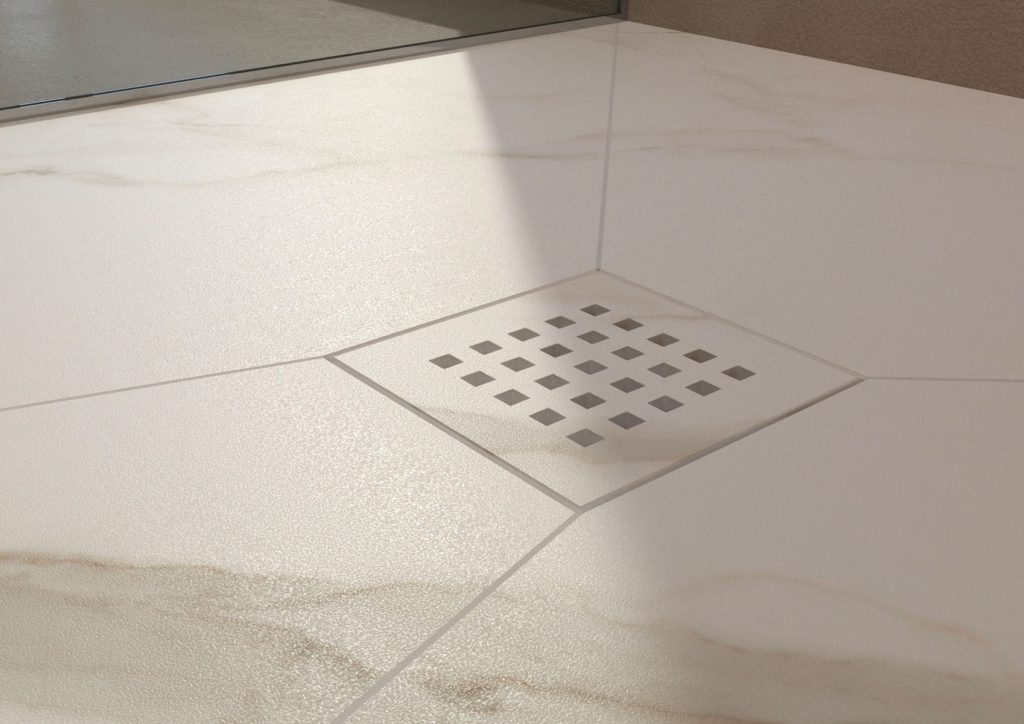



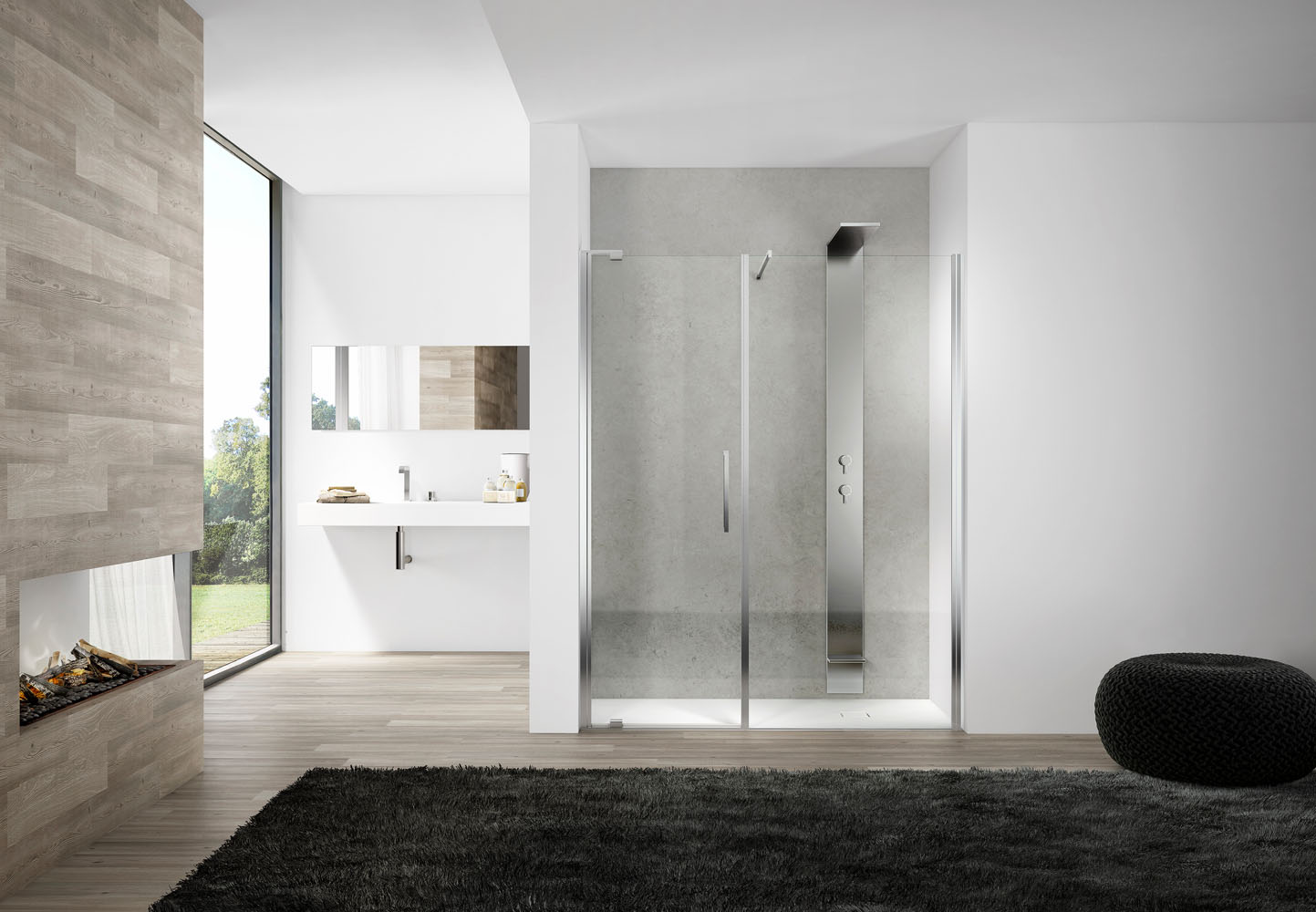



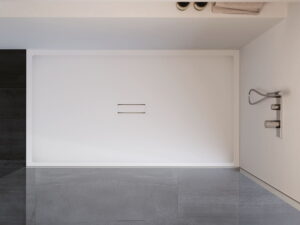
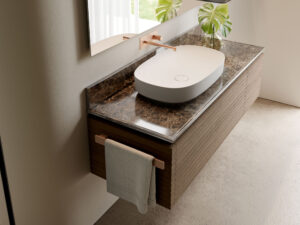

 Strictly necessary cookies
Strictly necessary cookies
 Functionality cookies
Functionality cookies
 Tracking cookies
Tracking cookies Targeting and advertising cookies
Targeting and advertising cookies